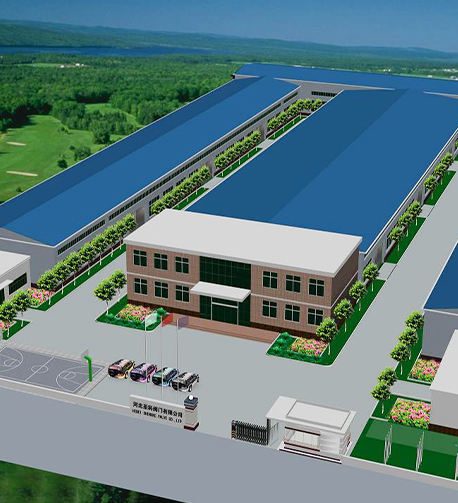10 月 . 14, 2024 19:21 Back to list
gate valve nrs
Understanding Gate Valve NRS A Comprehensive Overview
Gate valves are fundamental components in various piping systems, primarily used to regulate flow within pipelines. Among the different types of gate valves, the Non-Rising Stem (NRS) gate valve stands out for its unique design and operational advantages. This article delves into the specifics of NRS gate valves, their applications, and why they are preferred in certain scenarios.
What is a Gate Valve NRS?
A gate valve NRS is designed to control the flow of fluid through a pipe by either fully opening or completely closing the flow path. Unlike rising stem gate valves, where the stem rises with the valve disc when opened, NRS gate valves feature a mechanism that keeps the stem stationary during operation. Instead, the disc moves up and down internally within the valve body, allowing for a more compact installation; the stem does not protrude above the valve when opened.
Design and Construction
The design of NRS gate valves typically consists of a valve body, disc, seat, and stem. The body is usually made of durable materials such as cast iron, brass, or stainless steel, chosen based on the application’s pressure and temperature requirements. The disc, positioned between two seats, is what blocks or allows flow when the valve is either closed or opened.
One of the key features of NRS gate valves is their ability to be installed in tight spaces without requiring additional height clearance for the stem. This makes them particularly advantageous in underground or confined installations, such as those found in water distribution systems or industrial piping networks.
Applications of NRS Gate Valves
NRS gate valves are widely used in various applications, including
gate valve nrs

1. Water Supply Systems They are commonly used in municipal water systems where a reliable on/off mechanism is essential. NRS gate valves can handle large volumes of water and are ideal for flow control without significant pressure loss.
2. Industrial Processes In manufacturing and processing plants, NRS gate valves provide a robust solution for controlling the flow of liquids and gases, particularly in high-pressure scenarios.
3. Fire Protection Systems These valves play a critical role in fire sprinkler systems, providing a straightforward method to manage the flow of water during emergencies.
4. Oil and Gas NRS gate valves find applications in oil refineries and gas processing plants, where they are used for controlling flow in piping systems that transport hydrocarbons.
Advantages of NRS Gate Valves
One of the primary benefits of NRS gate valves is their space-efficient design, making them suitable for installations where height is restricted. Additionally, they are generally easier to operate since they require minimal turning of the stem to achieve a full open or closed position.
NRS gate valves also provide a tight seal when closed, minimizing leakage and ensuring system efficiency. Their simple design means that they are less prone to mechanical failure, and their ease of operation makes them user-friendly for maintenance personnel.
Conclusion
In summary, gate valve NRS models offer an effective solution for flow control in various applications. Their non-rising stem design allows for installation in space-constrained environments without compromising on functionality. As industries continue to evolve and demand efficient systems, NRS gate valves will remain an integral part of plumbing and fluid transportation processes, proving that reliable technology can indeed go hand-in-hand with innovative design.
Share
-
Understanding the Differences Between Wafer Type Butterfly Valve and Lugged Butterfly ValveNewsOct.25,2024
-
The Efficiency of Wafer Type Butterfly Valve and Lugged Butterfly ValveNewsOct.25,2024
-
The Ultimate Guide to Industrial Swing Check Valve: Performance, Installation, and MaintenanceNewsOct.25,2024
-
Superior Performance with Industrial Swing Check Valve: The Essential Valve for Any SystemNewsOct.25,2024
-
Industrial Swing Check Valve: The Ideal Solution for Flow ControlNewsOct.25,2024
-
You Need to Know About Industrial Swing Check Valve: Functionality, Scope, and PerformanceNewsOct.25,2024